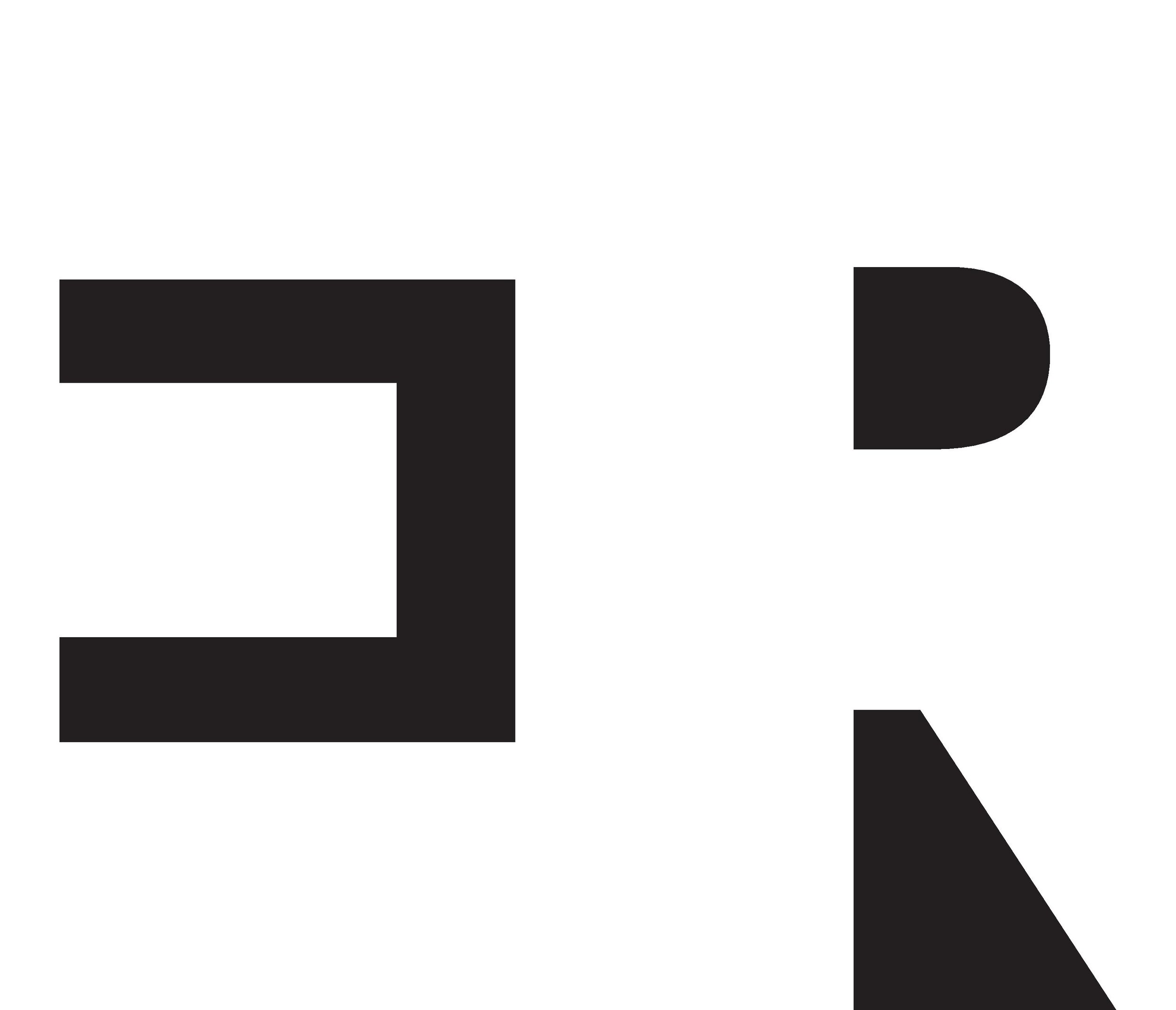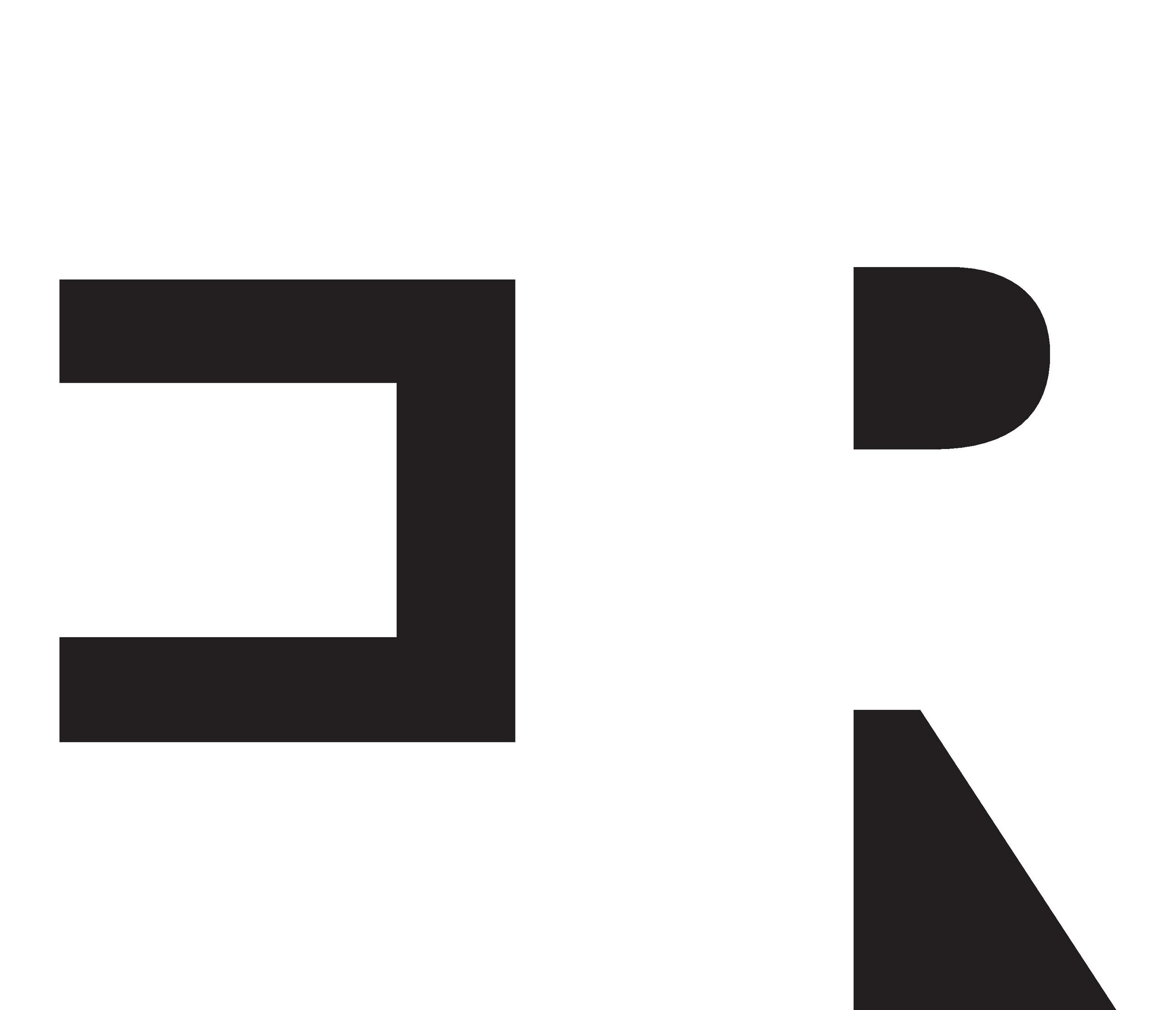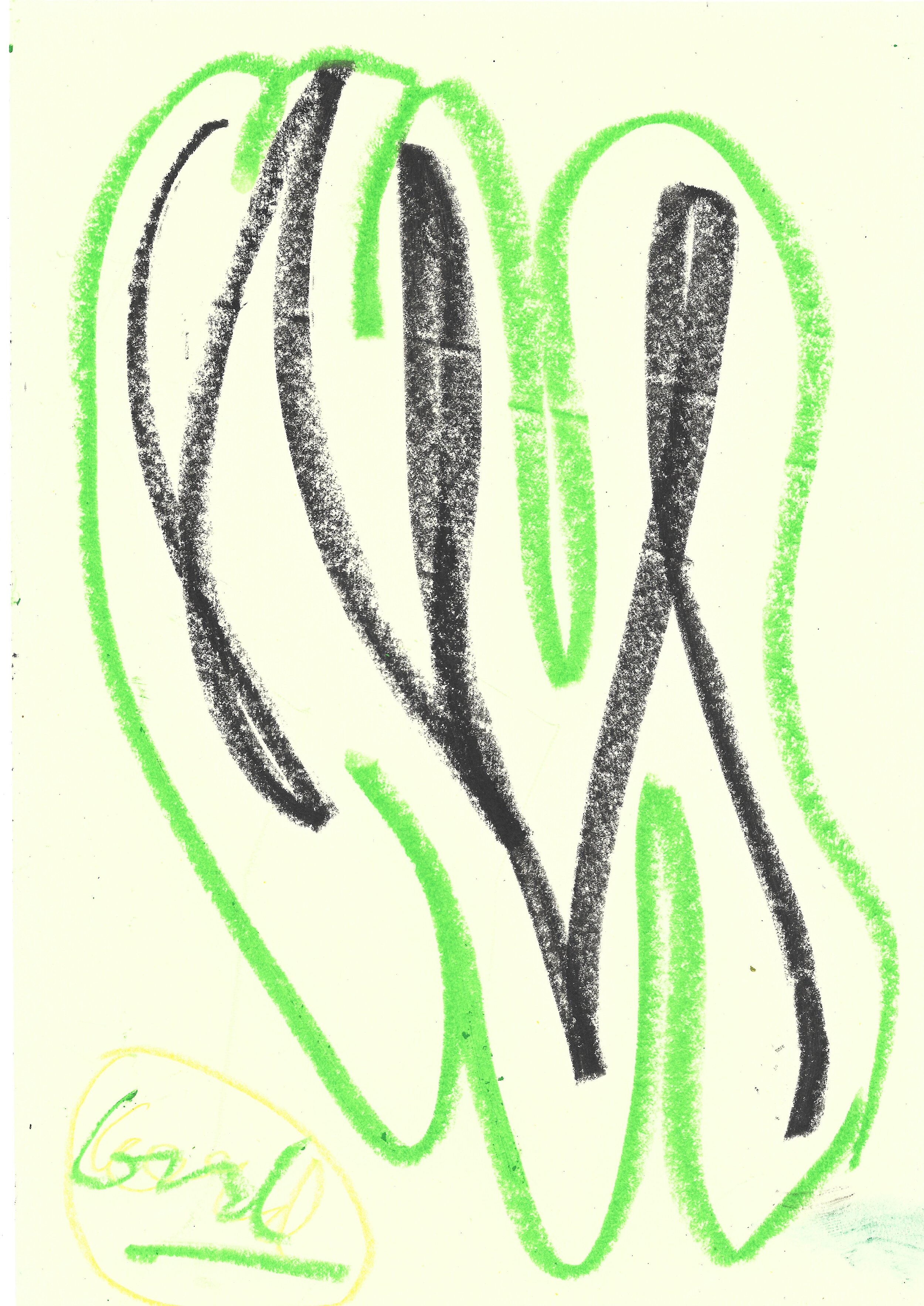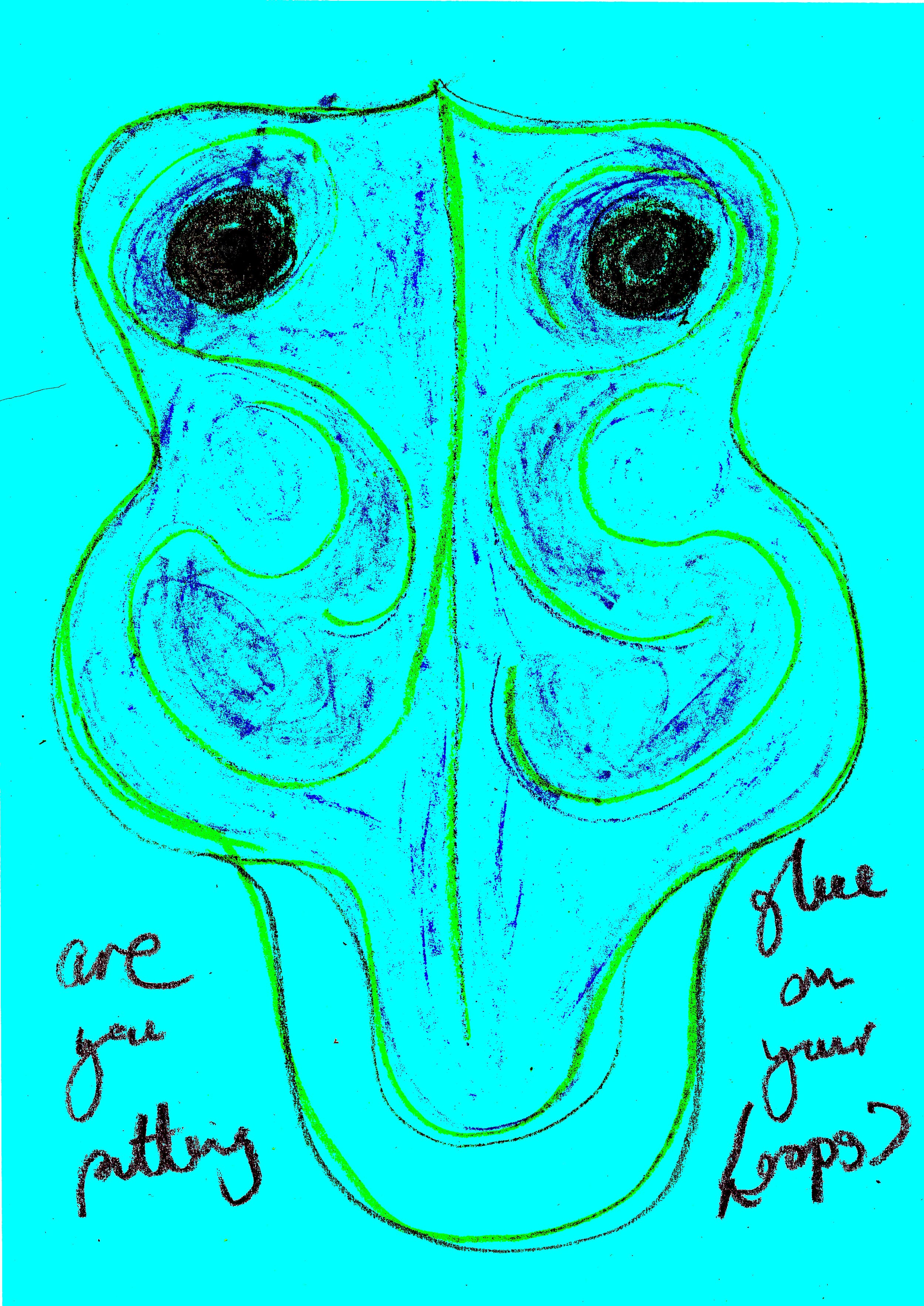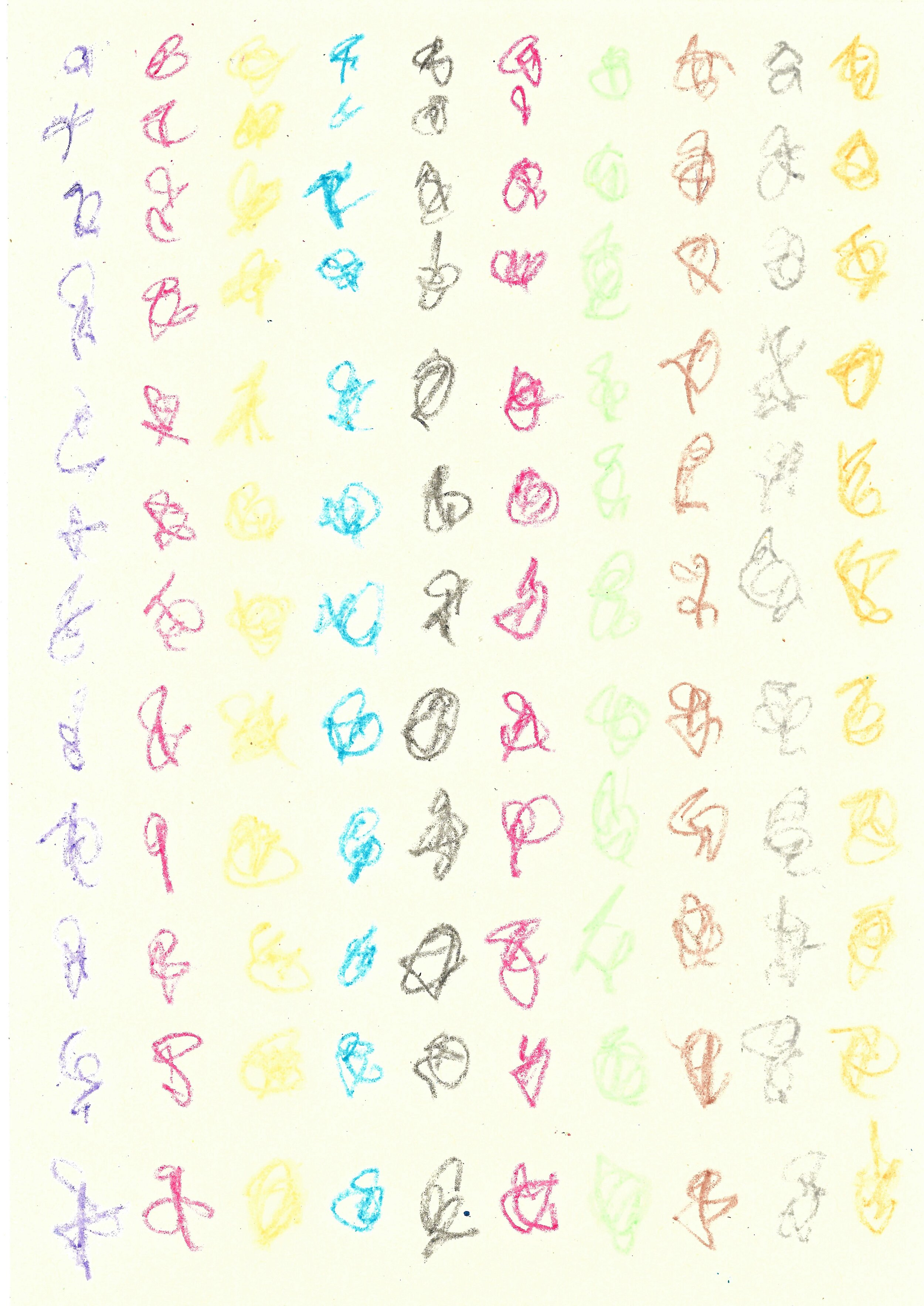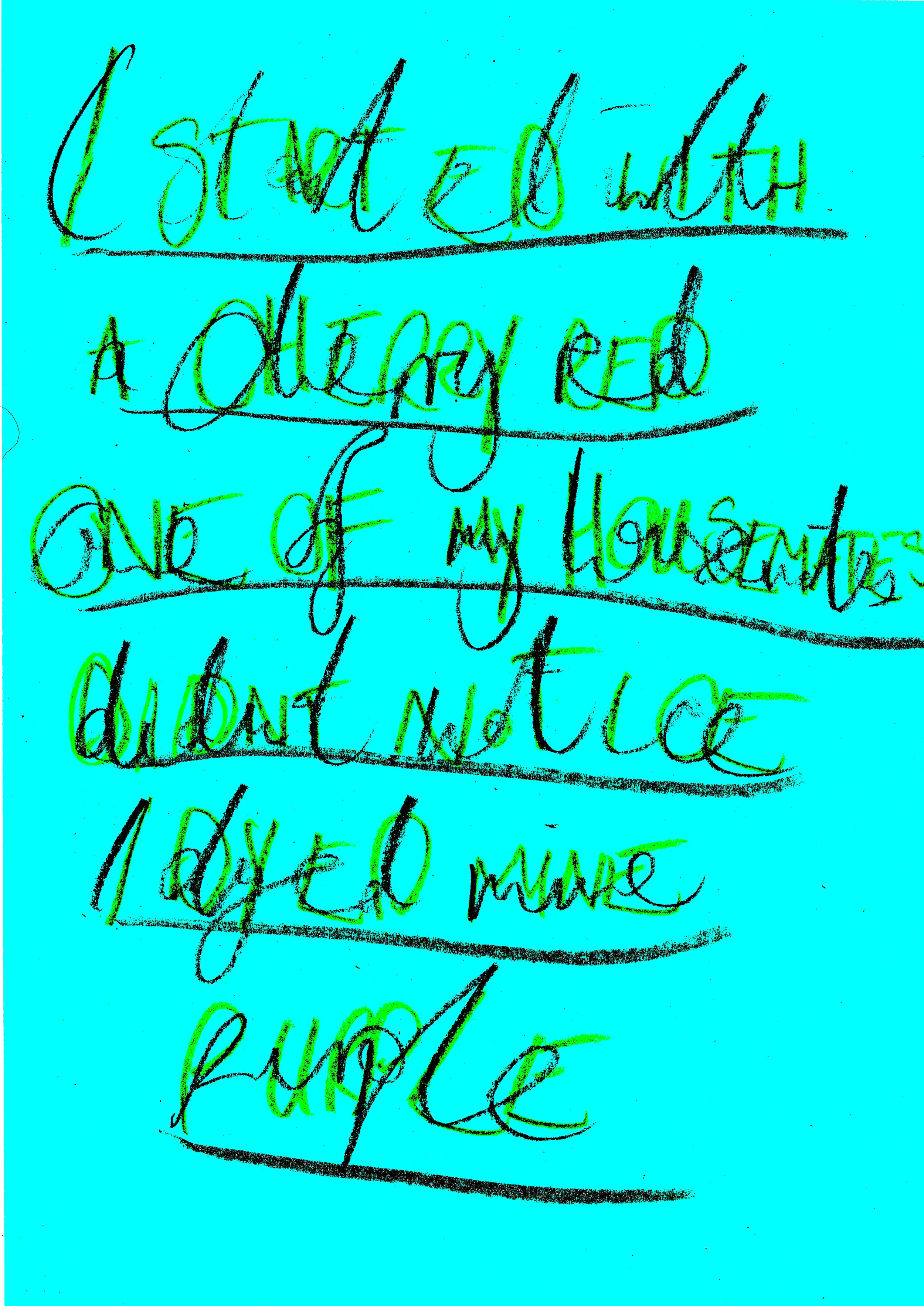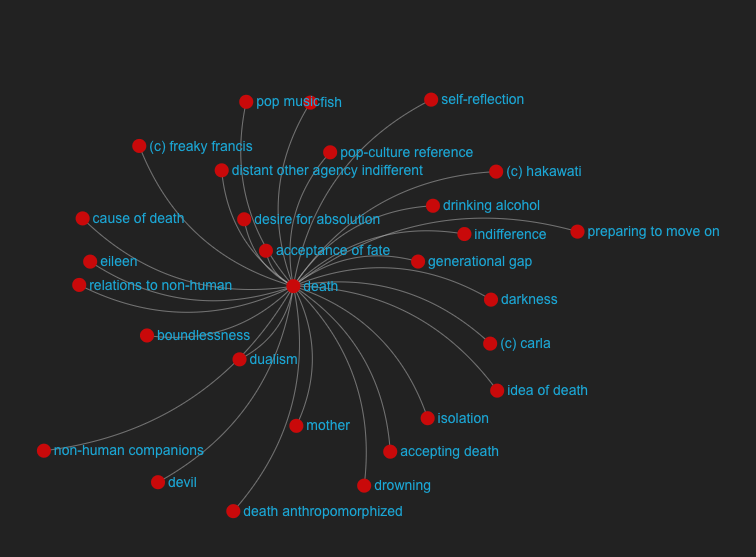Theoretical Exploration We want to explore new ways to create and present collaboratively written literature. The best way to present a collective creative process is not necessarily in traditional form, but the nature of the process itself may require entirely new media formats to make the content comprehensible. By presenting a co-created story as a map, we allow the spectators to explore the world the writers have collectively created. Because they themselves interact with the fiction and find their own ways through the maze, we break up the linear narrative we are otherwise accustomed to. Since the map of the connection between the various posts is the basis of the experience of the work, the written text becomes secondary to the actual story.
Collaborative Process - We let 18 invited writers write a co-created fiction for three six-week long iterations. Writing takes place on an online forum where each new posts and comment is considered a unique item. Each such post has a unique timestamp and sender. The writers have no other rules except to follow the principle of “yes, and.” This means that we ask the writers to build on each other’s ideas and not hamper or shoot down each other’s creative processes.
Digital Ethnography & SSNA To create the map, we use the latest technology in digital ethnography, called semantic social network analysis (SSNA). The process briefly states that a group of ethnographers analyze all the entries that the writers write on the forum, and gives each record one or more tags that can process all the content, from events to mood, tone, and more. Read more on SSNA in this paper.
Why? Collective writing easily becomes unmanageably sprawling because it is difficult for any single participant to embrace the totality of the fiction they co-create. Unlike improvisation theater, live role-playing and other co-created art forms, collective writing takes place as correspondence where many threads are going on at the same time, while the writers are in very different environments and state of mind. / The role of the ethnographers is then to show the writers an overview of their collectively created fiction. The interactive network graph allows them to see which themes they themselves have been most involved in and which they have not yet explored, and which writers they often interact with and which they not. They also see which themes often occur together and can explore the history they themselves write from angles they have not seen before, allowing them to consciously allow them to converge or branch.




